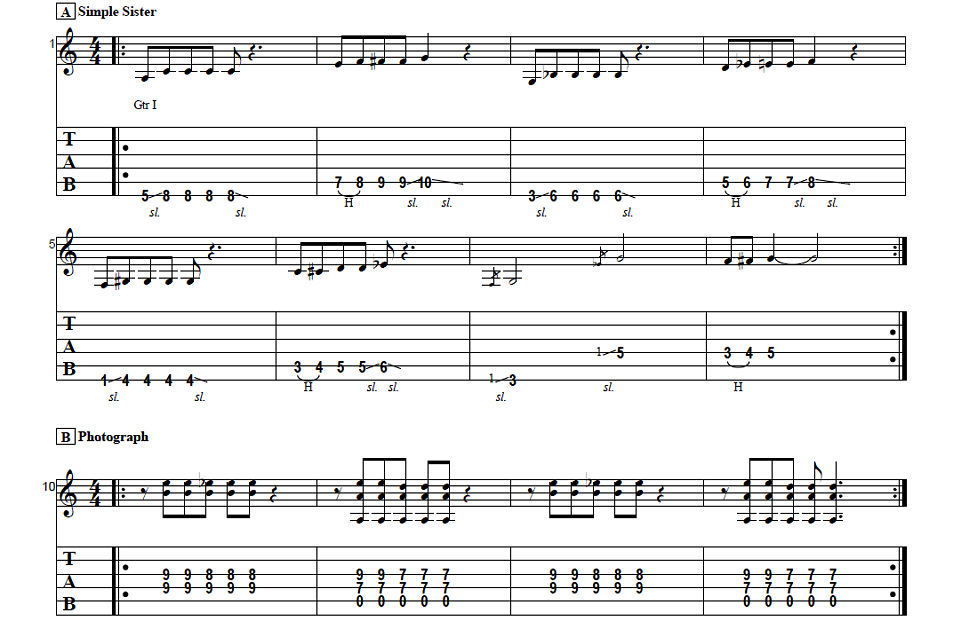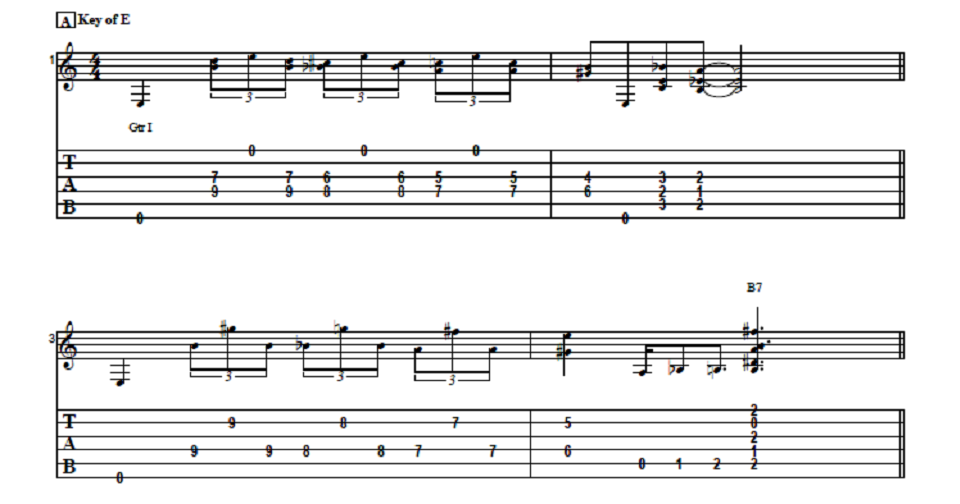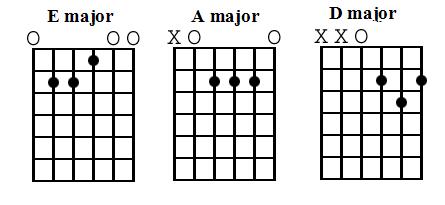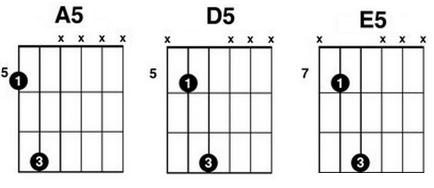If you’re just starting out on an acoustic guitar, practicing basic techniques is extremely important because they build the foundation for your playing in the future. You want to make sure you have a good handle on them before moving ahead to more intermediate skills.
Strumming and Rhythm
A huge part of playing acoustic guitar is strumming patterns and rhythm, so it’s important to practice different patterns and be able to maintain a steady tempo. Repeating a pattern too often can get boring, so try to listen to several different acoustic songs by your favorite musicians to see what patterns they use. Practice by playing along with them, and then on your own so you can hear yourself. Experiment with different rhythms to keep your songs interesting and others listening. People will notice and pay attention to a steady and solid rhythm. But no matter what pattern you play, always keep in time.
Fingers or Plectrum
Some people prefer the sound of playing an acoustic guitar with just their fingers, while others swear by a pick, but it’s totally up to you. Each one has a different sound, so you should try playing with both to see what feels and sounds the best to you. The thickness of your guitar pick also influences the sound, so try out several types before making a final decision. A pick gives your playing more of an edge, while your fingers allow you to play softer and more loosely, especially while strumming. Whichever method you choose, make sure it fits the style of music you’re going for, and others will notice.
Check out this cool ACOUSTIC GUITAR LESSON
Utilize the Guitar’s Full Potential
With an acoustic guitar, some may argue that you actually have more freedom than with an electric guitar. That’s because everything on an acoustic is audible; there’s no feedback or other noise to distort your playing. On an acoustic guitar, to play louder, you just have to play harder. The same goes for softer playing, or for letting certain notes ring out. With an electric guitar, that would make your playing too muddy, and it would be a lot harder to play softer. By understanding your instrument, you’ll be able to realize its full potential. If you’re unsure of what’s possible on an acoustic guitar, try listening to classical players who have mastered these techniques.
Just remember, practice makes perfect! It doesn’t matter how fast you can play if you can’t keep a beat or steady rhythm going, or if you’re constantly playing the wrong strings because you’re unfamiliar with using a pick or your fingers. Practice the basics until you’re comfortable with them, and then move on to the next level.
If you want to get better at guitar and learning tons of entire songs, I recommend you to check out this course:






